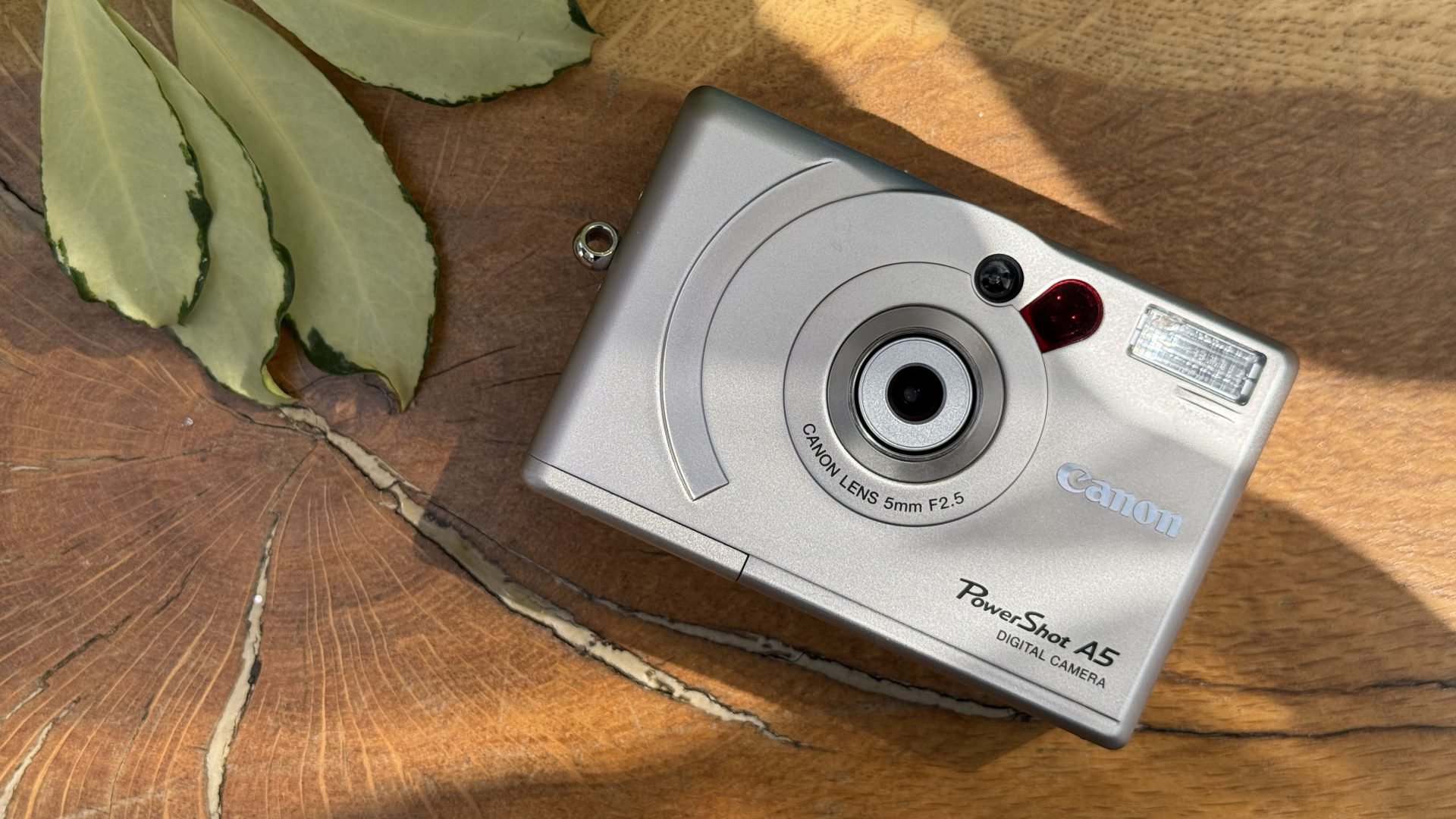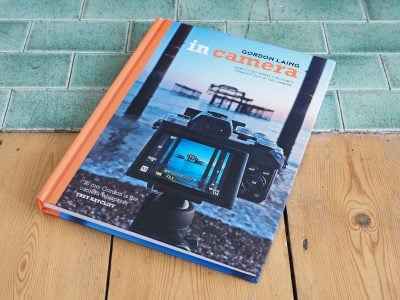Canon PowerShot A5 retro review
-
-
Written by Gordon Laing
Welcome digicam lovers as we travel back to 1998 to experience Canon’s first truly desirable-looking consumer compact, the PowerShot A5. It had a street price of around $600, sported a fixed lens, and took photos with almost one whole Megapixel. But most impressive were its looks, especially compared to what came before it in the Canon range.
Find out the story behind the PowerShot A5 in the video below, or if you prefer to read the written highlights with a selection of sample images, keep scrolling!
Canon’s Digital Camera Museum pages clearly show the evolution of their consumer compacts, starting with the PC accessories and surprisingly chunky PowerShot 600. Now this wasn’t simply a case of early technology. Just compare the clunky PowerShot 600 with Sony’s amazingly compact Cyber-shot F1, both released in 1996.
I feel in these early days Canon just wasn’t particularly focused on consumer compacts, instead dedicating its resources to pro DSLRs and leaving their initial digicams to various experiments or rebranded models like the PowerShot 350 which was actually made by Panasonic.

But in just one year, Canon went from the PowerShot 600N, a very mild update over the uninspiring original, to the PowerShot A5, a truly desirable compact that would influence their PowerShot range for years to come.
As the first model in the PowerShot A series, it’s a camera I’ve wanted in my own collection for some time, but it rarely pops up for sale. After several years of waiting though, one appeared on eBay in what looked like good condition, including the original box and accessories. I bagged it for £30 in early 2025, so let’s take it out and see what it can do over a quarter of a century after it was launched!

In terms of design, the PowerShot A5 is clearly inspired by Canon’s earlier range of APS compact film cameras, known as the IXUS, ELPH or IXY depending on region. But Canon wasn’t quite ready to use this iconic branding on a digital camera yet – that would take another two years.
But the design DNA is clearly front and centre here, with a flat-fronted, metal body that looks great. It’s only a little larger than a deck of cards, making it easy to slip into a pocket, even just about on the front of a shirt.
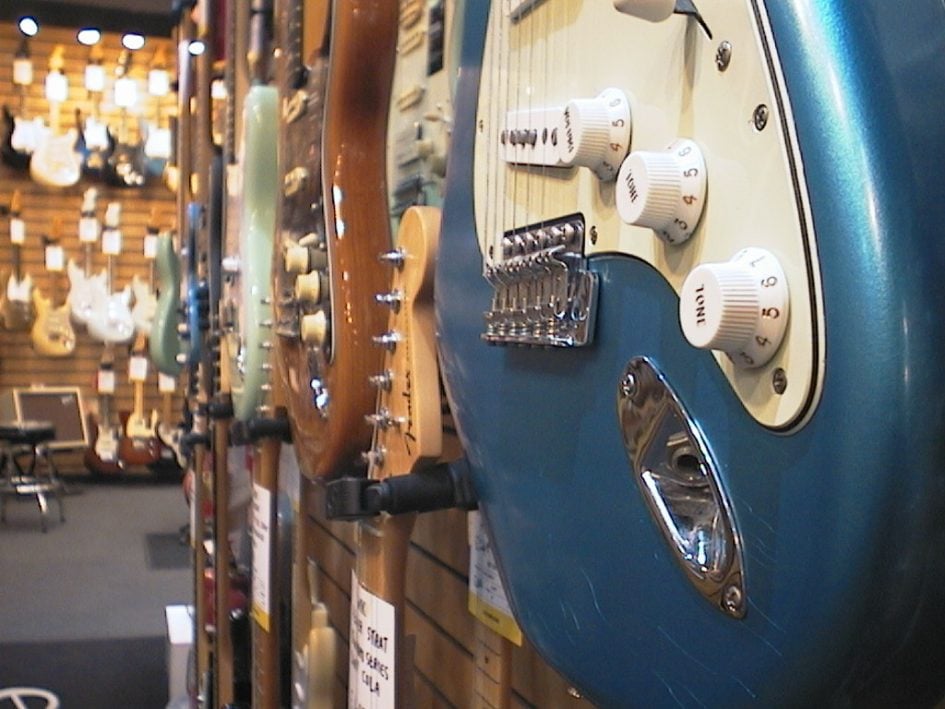
There’s no grip as such, but a curved indent on the front panel provides some purchase for your middle finger, while your thumb pushes against a very mild ridge on the rear. It feels a little slippery, but maintains the all silver finish.
On the top surface you’ll find the main dial which powers the camera on into a variety of modes. Turn the dial to green square and the A5 powers-up into fully automatic, while one notch further to P unlocks greater control.
For example, P mode lets you use the dedicated flash button to cycle through the flash modes, while also adding a burst option to the drive button alongside it. In full Auto, you can’t adjust the flash, and the drive mode is single or self-timer only. Meanwhile P mode also unlocks the exposure compensation menu, which is as close as you’ll get to any kind of manual control on the A5.
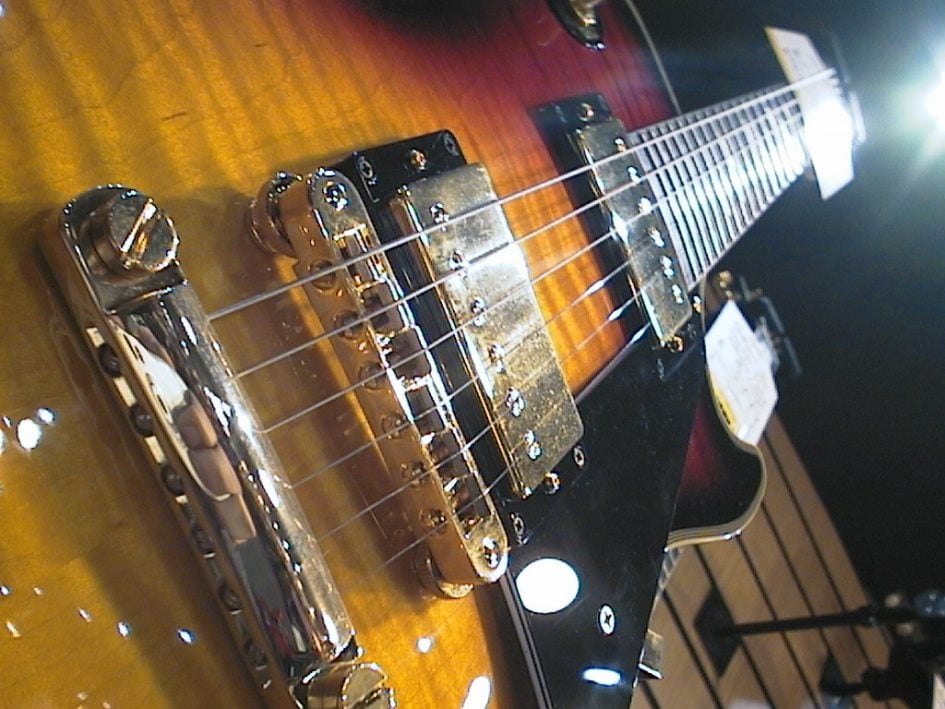
The camera may have access to shutter speeds between one sixth and 750th of a second but you have no way of manually selecting them. Plus, they’re not even recorded in the JPEG EXIF data either, so it’s best to think of it as an automatic point-and-shoot.
The third shooting position is the stitch-assist which helps you line-up shots for making a panorama on your computer later.

All three shooting modes switch the camera on and automatically slide the metal lens cover out the way before the lens itself extends a tad for operation. Turning the dial back to L powers the camera off, retracting the lens and sliding the cover back again. No need for a separate cap you might lose.
Turning the dial to Play displays your recorded images one at a time with optional date and time but no exposure information, while Multi shows a collection of nine thumbnails at a time. Finally the PC mode readies the camera to communicate with a computer over a serial connection.
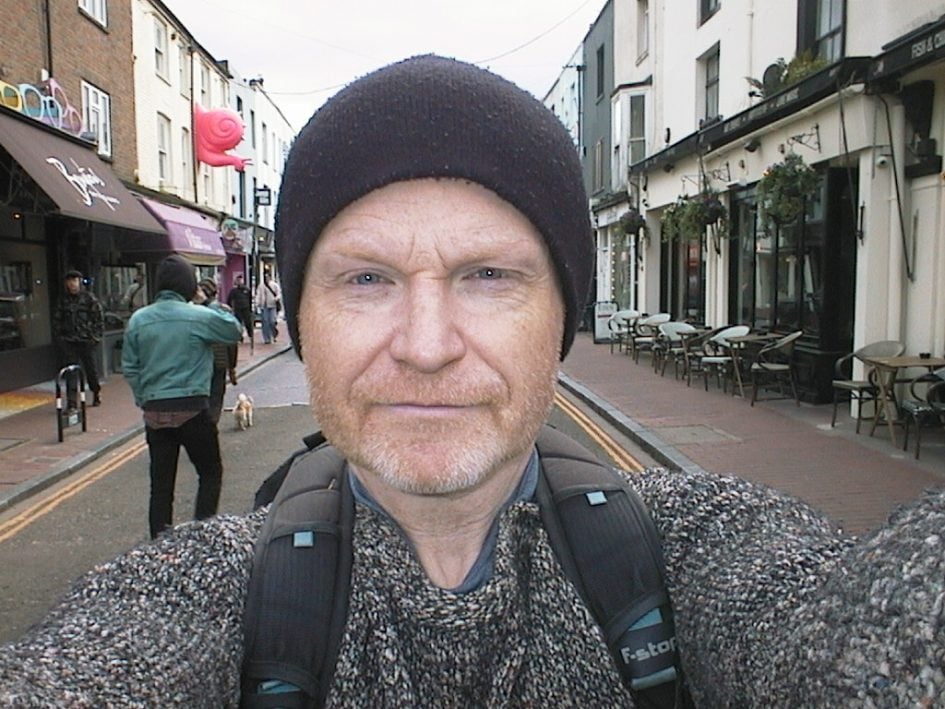
To the right of the dial is a large shiny shutter release button with distinct half and full-presses, while on the left side is a small LCD display with basic shooting information, including quality, shots remaining, battery life and drive mode. Note the battery icon flashing as my original pack was unable to contain much charge anymore.
Like most digital cameras in the late 90s, there’s a basic optical viewfinder with a smaller frame in the middle to indicate the focusing area, but no lines to reframe for parallax at close range. A pair of lights to the side confirm focus and indicate the macro mode.

Alternatively there’s a rear LCD screen, a fairly generous 2in TFT, which is toggled on and off using the LCD button to the right of the viewfinder to save power. It delivers more accurate framing, especially at closer range, albeit not with 100% coverage. It’s quite bright and crisp for models of this era though.
The A5’s powered by an NB-5H NiMH battery pack that’s charged externally in the supplied CA-PS100E. This recharger also includes a DC output jack that’s used with a supplied DC coupler dummy battery accessory, allowing you to power the camera over mains with the wire emerging from a sliding panel on the side – a nice option, especially included in the box. The A5 can alternatively be powered by a standard 2CR5 Lithium battery pack, which is handy should your rechargeable run dry while you’re out.
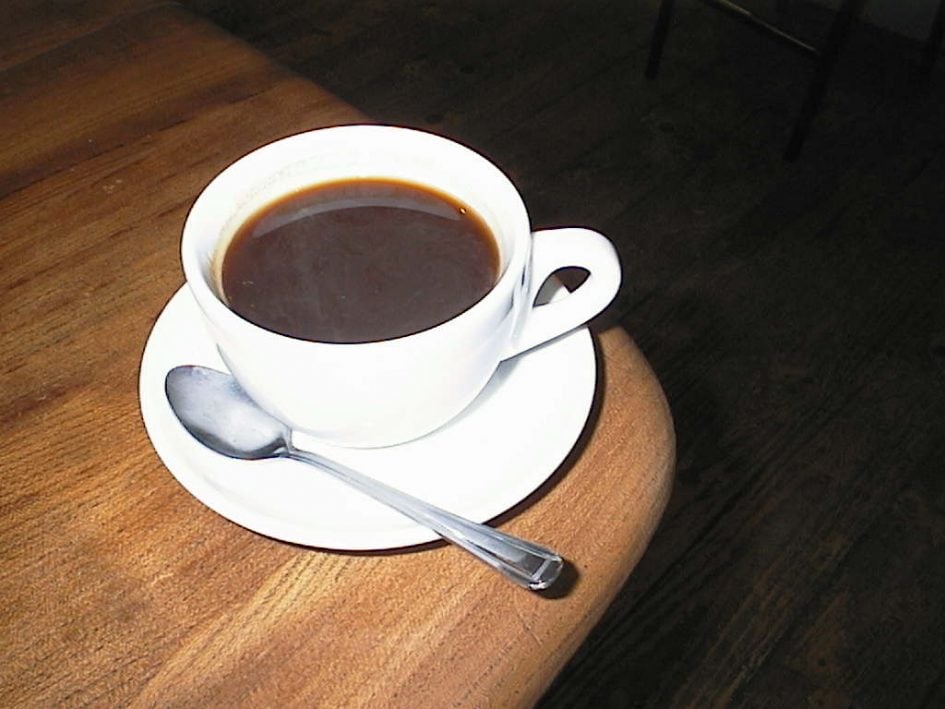
Note the battery compartment has a locking switch that must be activated before the camera will power-up. Also note the metal tripod thread, a classy choice when many compacts had less durable plastic threads.
Meanwhile a slider on the rear of the camera springs-open a door to the memory card compartment, conveniently located on the side. Canon adopted the Compact Flash format for the A5 and most of its compacts going forward until SD became more common.
Canon supplied the A5 with an 8MB CF card to get you started which was good for about 40 images in the best quality JPEG mode. The camera could only accommodate the standard Type-I cards, but not the thicker Type-II MicroDrives which were supported on some of their more enthusiast-class cameras.
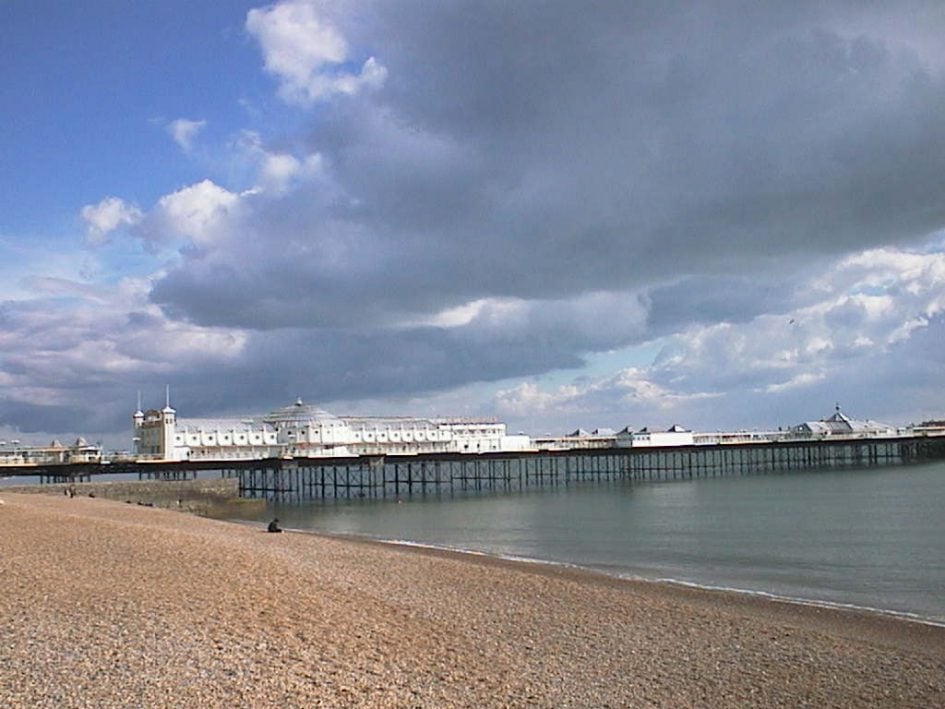
On the left side of the camera are two ports: a 3.5mm analogue video output for making TV slideshows, and a narrower serial port for connecting to a Mac or PC using the supplied cable and software drivers.
Now for imaging, with the A5 equipped with a fixed 5mm f2.5 lens that’s roughly equivalent to 35mm on full-frame for a mild-wide field of view. There’s no optical zoom on the A5, but this in turn means it powers-up or down nice and quickly in a couple of seconds.
The standard autofocusing range is 50cm to infinity, while pushing the macro button to the left of the viewfinder reduces the range down to 9cm for some impressive close-ups.
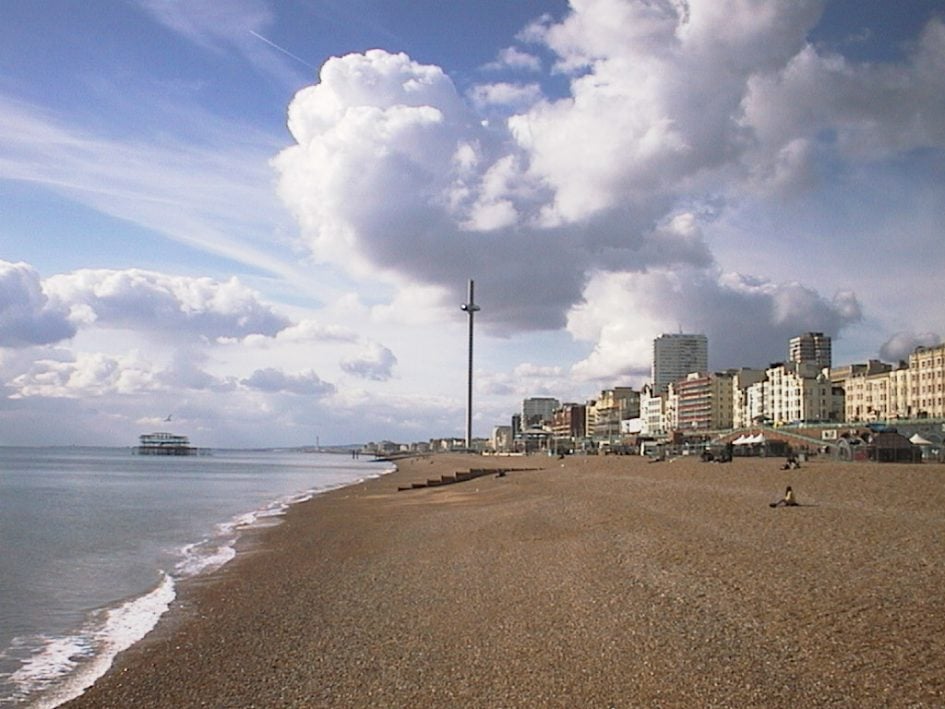
Behind the lens is a one-third inch type CCD sensor with 810,000 pixels – yep, almost one whole Megapixel which was actually quite respectable in 1998. In PC terms, the maximum image size of 1024×768 pixels was known as XGA and would fill most monitors of the day without zooming-in.
In green square Auto, you can choose between two levels of JPEG compression, while P mode unlocks a smaller 512×384 option, again with two compression settings.
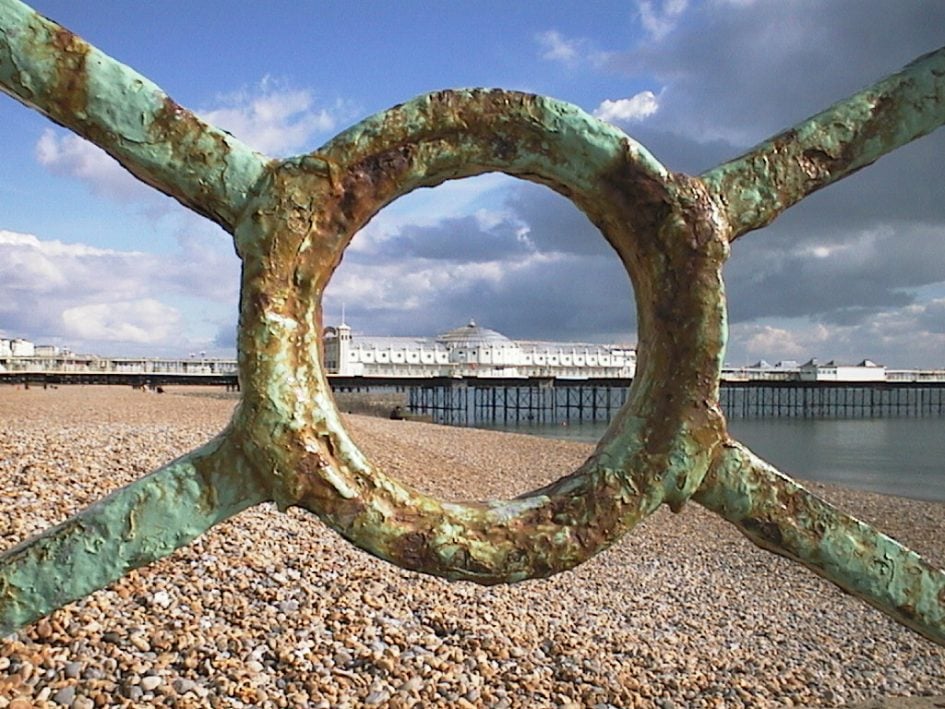
Impressively for a camera in its class, there’s also a CCD RAW option which records files in Canon’s proprietary CRW format. These are relatively hefty though, measuring almost 1MB each versus around 200 KB for best quality JPEGs, and also take up to ten seconds to write depending on the speed of your card. I’ll talk about them in a moment.
Meanwhile the sensitivity is locked to 100 ISO in the best quality modes, jumping to 400 in the reduced resolution mode. As mentioned earlier, the P mode unlocks a burst option which shoots at a blistering 1fps, but only in the reduced resolution mode. Note there’s no video recording available.

Re-testing this camera 27 years later means I don’t get to make a Zombie reference, but it was at least mercifully easy to bring back from the dead. For starters I wasn’t too concerned about the battery or charger since the A5 can be powered by readily available 2CR5 Lithium packs, but as luck would have it, my used model came with a battery that could still hold enough charge for a day’s shooting, plus the original mains adapter.
The seller had also included the original 8MB Compact Flash card, but I was also able to use a 128MB card and even my trusty 1GB SanDisk Ultra II card which reported over 999 shots remaining. And while mine also included the original software and serial cables, I wasn’t going to ruin my day trying to get that to work when I could simply access the images with a simple USB Compact Flash card reader.

So what’s the image quality like? Well, taking a closer look at my Brighton Pier test on a nice sunny day you’ll see the kind of detail that’s possible – or rather, not possible – when your sensor has just under one Megapixel.
It falls apart pretty quickly, and there’s some quite coarse compression and processing artefacts too on this out-of-camera JPEG. But viewing the image as a whole is much more forgiving on detail and lets you see the nicely saturated colours that are possible under bright conditions.

How about the CCD RAW mode? Well amazingly the 2025 version of Adobe Camera RAW was happy to open the CRW files from this 27 year old camera, and the first bonus is they contain EXIF data about the exposure that’s not present on the JPEGs.
Like other RAW files I could easily change the white balance if desired, plus I was able to retrieve some shadow detail, albeit to be honest not that much different to adjusting the JPEG. Looking closer there’s quite a bit of visible noise, and sadly Adobe’s Denoise wasn’t compatible with this particular format, but a simple tweak of the luminance noise reduction slider cleaned-up the image quite nicely.
Canon PowerShot A5 verdict
The PowerShot A5 may have launched what would become Canon’s entry-level digital camera series, but when it first came out, no-one knew how it would fit into future lineups. It was simply Canon’s latest digital compact, and their best-looking to date by far. It was a World apart from the clunky models or PC accessories they’d released so far for consumers. The design inspiration from their APS film cameras was unmistakable: this was effectively a digital IXUS or ELPH two years before Canon officially used that branding on a digital camera.
An almost identical design was used to launch the higher-end PowerShot S series with the S10 in 1999, before the first official Digital IXUS or ELPH arrived in the Year 2000, again with similar looks, albeit now in an even smaller form. That same year, Canon further expanded their lineup with the pro-sumer PowerShot G series.
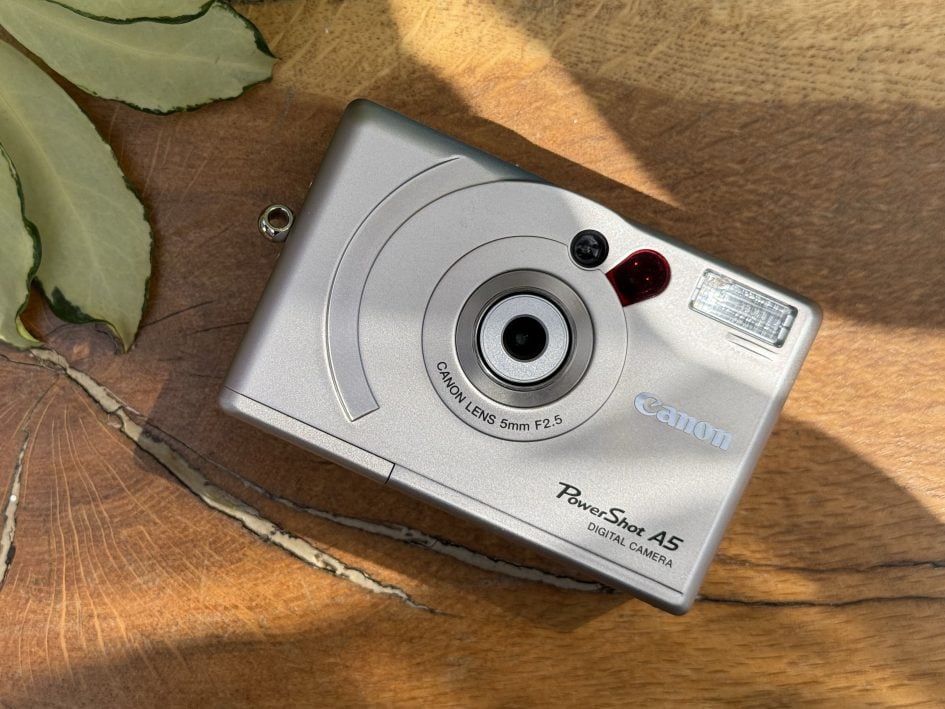
The A, S, G and IXUS or ELPH series continued for many years, but the original A5 has several claims to fame: not only the first in the A-series and arguably Canon’s first truly good-looking consumer digicam, but actually their last model to use a fixed focal length. Yep, if my memory serves me correctly, every single PowerShot that followed had an optical zoom, starting with the A5 Zoom the very same year. NB I’m not counting the webcam-like PowerShot V10 much later.
I have a soft spot for fixed lens compacts with prime lenses, and it’s certainly interesting to note the A5 and Fujifilm X100 series both share the same equivalent coverage from a fixed lens. I think this alone makes it an interesting option for collectors and enjoyable to shoot with if you can find one, although like all digital compacts, the photo quality greatly improved once the sensors reached two or three Megapixels, plus that’s when video capabilities were also added.
Check prices at Amazon, B&H, Adorama, eBay or Wex. Alternatively get yourself a copy of my In Camera book, an official Cameralabs T-shirt or mug, or treat me to a coffee! Thanks!